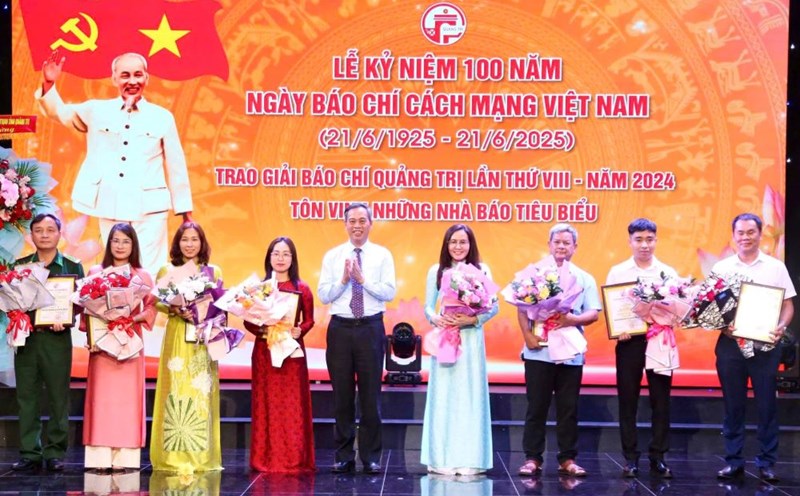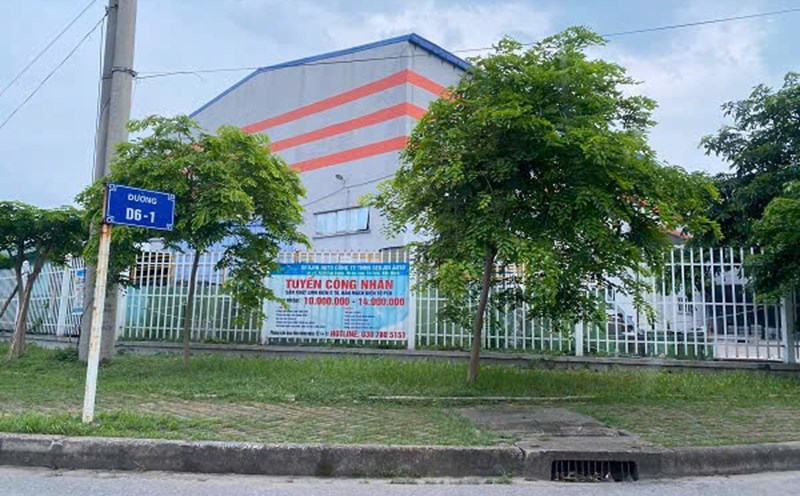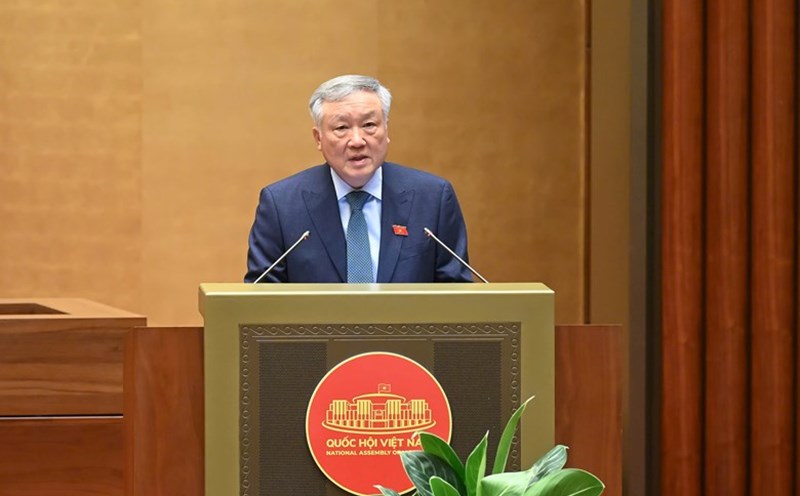The court's words: From the stories associated with the days and places bearing the U Minh's mark, such as: Ke Mot; Dan quan canal, Chong My canal; Cong Su, and Lo 12... not only help us visualize the heroic achievements, but also reveal the proud stories and memories of the generation of reporters on the battlefield of the Southwest (CTTNB) on the occasion of the 100th anniversary of the Vietnam Revolutionary Press Day.
Setting a date to... write a newspaper
On the occasion of the 100th anniversary of the Vietnam Revolutionary Press Day, to Kien Giang, where the U Minh forest is covered with thousands of cajuput trees, where the first Communist Party Cell of Kien Giang province was established in 1932, which is also a legendary base of revolutionary agencies in the Southwest region during the anti-American period, including news agencies, newspapers, etc., we are lucky to face the last generation of journalists in the "rain, bombs, fires".

Having reached the age of 80, his health has declined, but as soon as he heard the mention of "Southwest Press", the uncles and aunts are like young people and the lines of old memories keep flowing. From the stories associated with the date and place bearing the U Minh mark, we can not only visualize heroic achievements, but also reveal proud stories about the generation of CTTNB reporters.
When the sky was running cold, we had to stretch our forehead to write a newspaper, the story of Mr. Ngo Hoang Van (born in 1951), former Head of Kien Giang Commune, reporter for Chien Thang newspaper (the predecessor of Kien Giang Newspaper) in the 60s, moved us about the harsh working environment of a war correspondent.
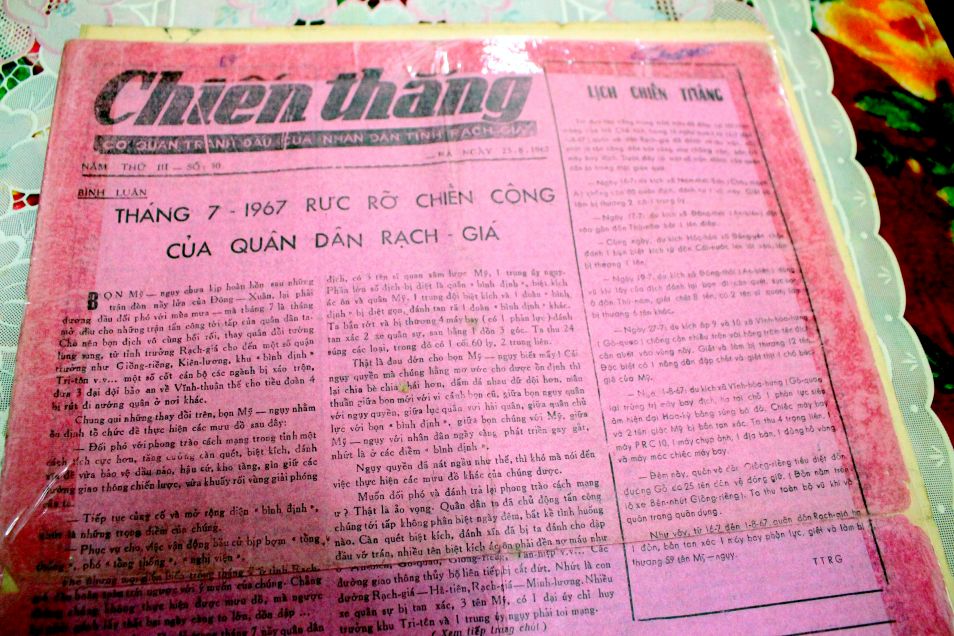
Like revolutionary agencies in the Southwest region, during the years of fighting the Americans, journalists had to stick to the vast cajuput forests in the U Minh forest to live and work. In addition to the poetic beauty of rich nature, the forest also brings many disadvantages, especially the monkey and mosquitoes that the folk saying is: "Mouse roars like a monkey, monkeys like a banh canh".
But, that was just an outside problem. Mr. Truong Thanh Nha (born in 1947), former Editor-in-Chief of Kien Giang Newspaper, former Chairman of Kien Giang Provincial Journalists Association, reporter of Chien Thang Newspaper in the 60s, recalled: "When reporting war reports, we used our backpacks and edges as a table... so we had to open our eyes and then calculate our hands to write quickly and prepare each line of text so that the telegram department could send the correct message".
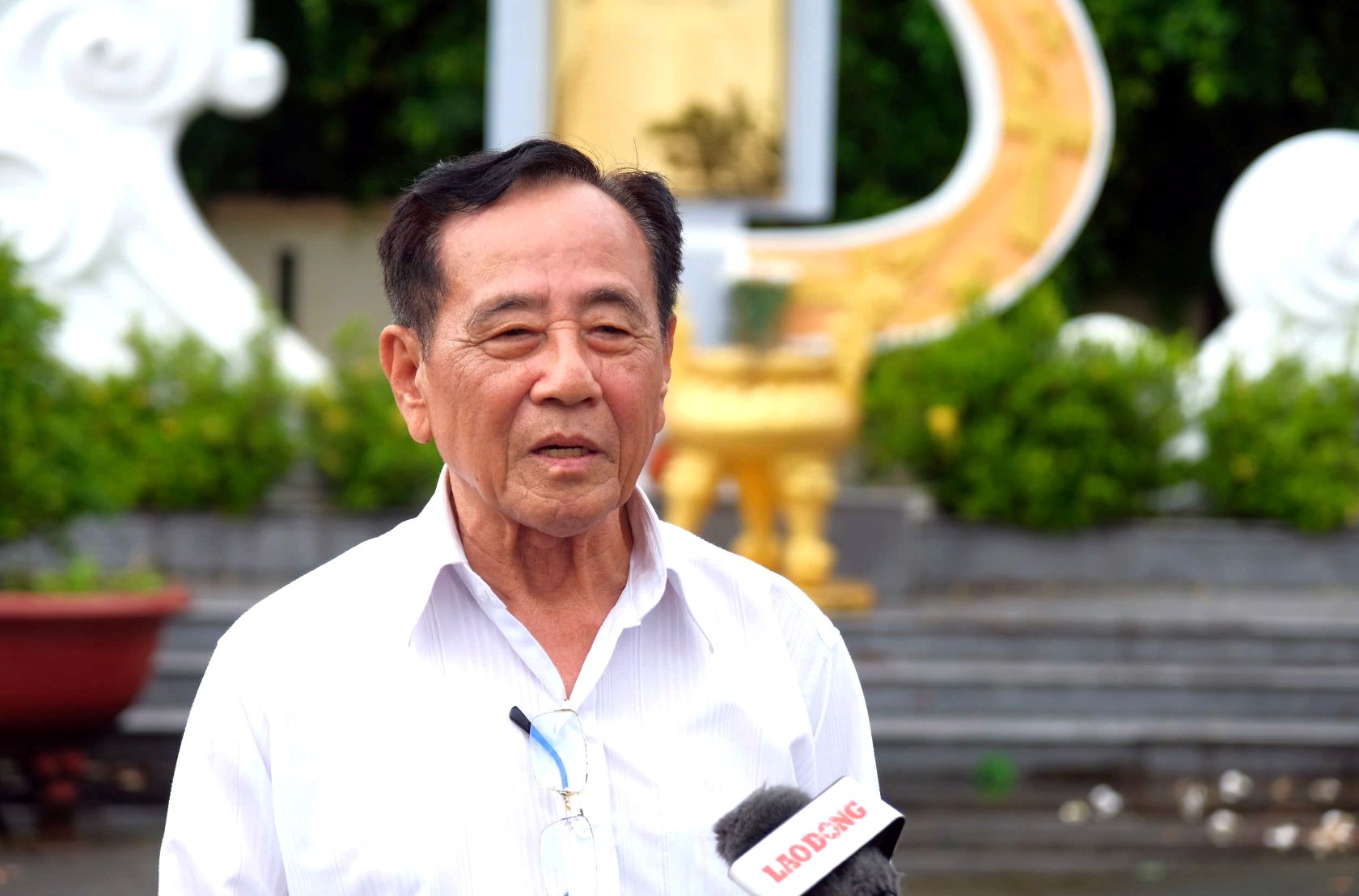
There are even many cases where, to get hot news, journalists have to accept many things that are "heartbreaking". Mr. Tran Thu Dong, also known as Tam Dong, (1944-2024), former member of the Long Chau Ha Propaganda Department, former reporter of Chien Thang Newspaper, in his memoir "My homeland and people" said that in December 1967, he participated with Battalion 207 (U Minh 10) in fighting the Minh Luong military base. While anchored in the canal, more than ten meters away from the rumor, waiting for an order to fire, at this time the cold wind blew, so he coughed. If they cough in the usual way, the enemy will discover them, their teammates will sacrifice them and the battle will fail.
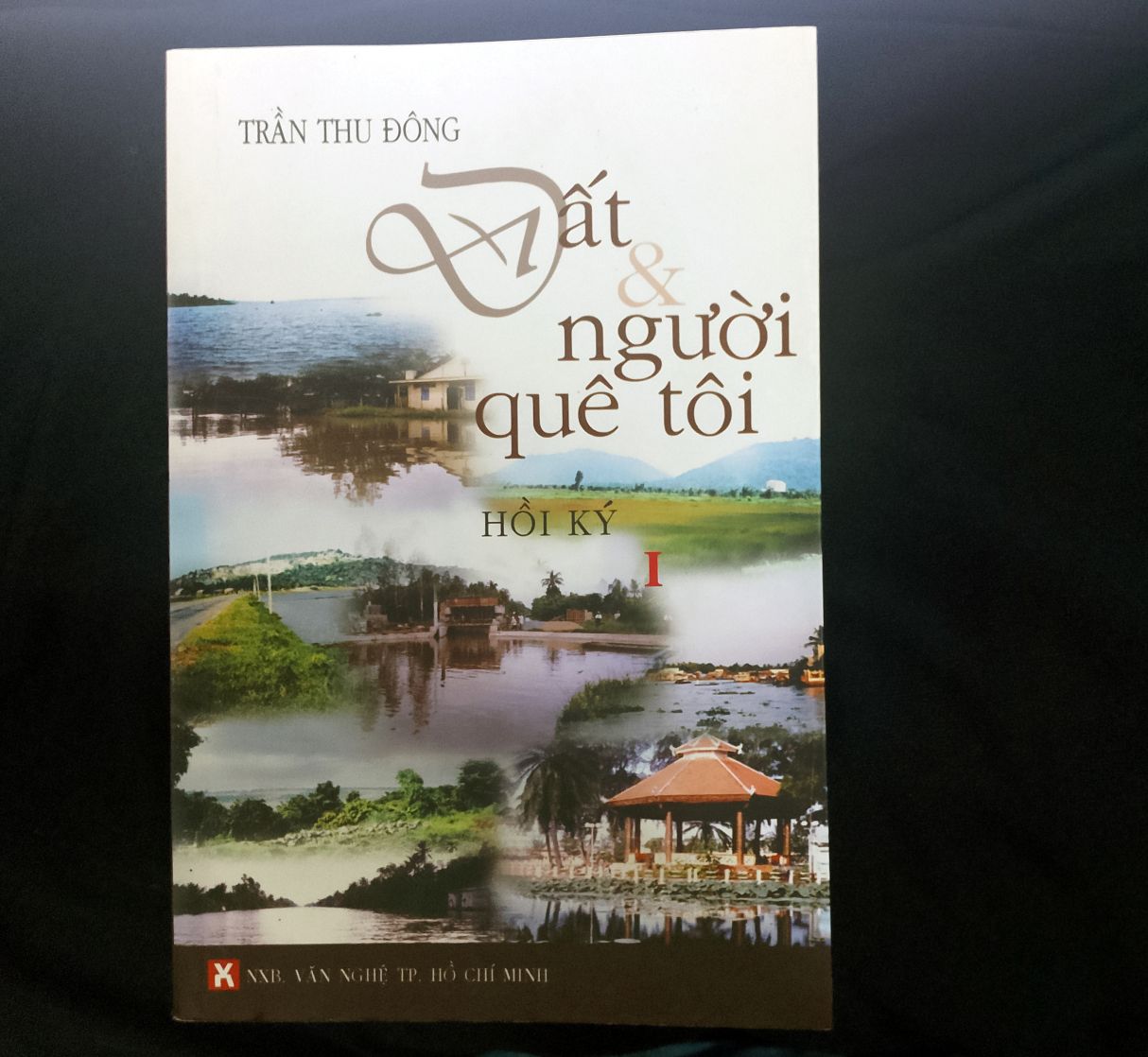
Therefore, every time he had a cough, he nodded his head into the water so that when coughing, he would not make a noise. However, due to the neck being stuck with many phlegm, the cough still refused to stop... After thinking a little, he took a clay and voted it as medicine, then swallowed it to pull the phone in his stomach. Thanks to this homemade medicine, I coughed to ensure the secret for the main unit to suddenly attack and destroy the planned targets.
"6 in 1" Journalist
Not only regularly working in harsh conditions, PVCTTNB also have to take on 6 roles at the same time: journalist, soldier, housewife, farmer, first aid worker and local support officer in many fields.
Due to the continuous damage caused by bombs and bullets, the agency also frequently changes locations. Therefore, journalists have to rely on the people's houses. And to integrate, the uncles and aunts must do 3 things together: "Eat together, live together, work together". Even when they discovered that the family was not really comfortable, they had to find a way to resolve the matter immediately.
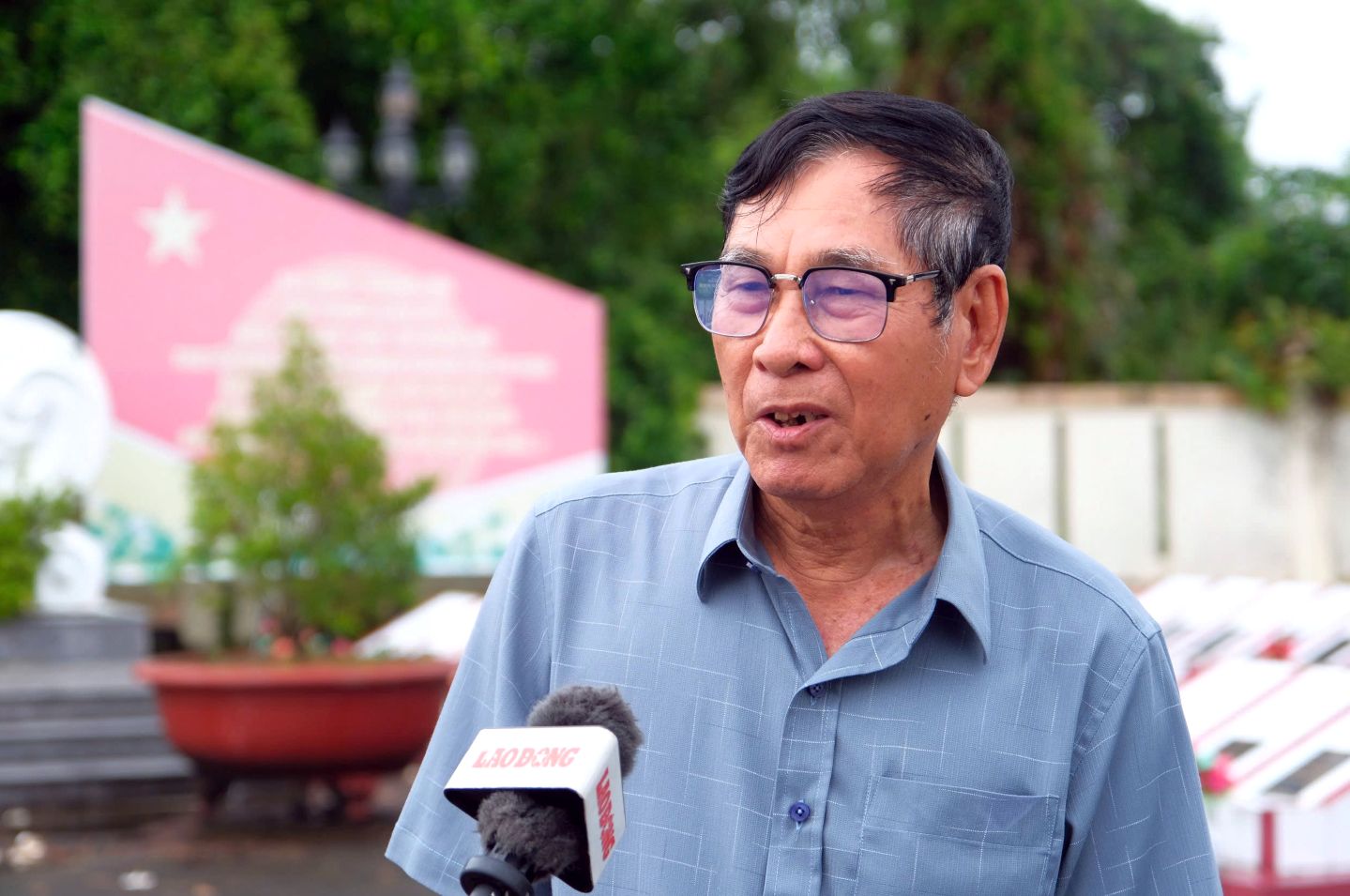
Mr. Nha recalled: In April 1964, when we were sent to serve on the battlefield in Vinh Hoa Hung commune (Go Quao district), we were in a house when our colleagues encountered obstacles when the homeowner seemed... cold. After grasping the situation, the leaders sent me and Mr. Tam Dong to replace him. After worrying about the problem, the two men agreed to take advantage of the opportunity to carry the water to the full ball early, then sweep the house, cut the firewood and wait for cooking time so that when they go to the fields, the homeowner can have a hot meal. Those efforts not only resolved the matter... but when the two men were ordered to move to another locality, the homeowner cooked congee for the chicken and bamboo rat in a 400 VND bag like parents giving their pre-child to protect themselves when traveling far away.
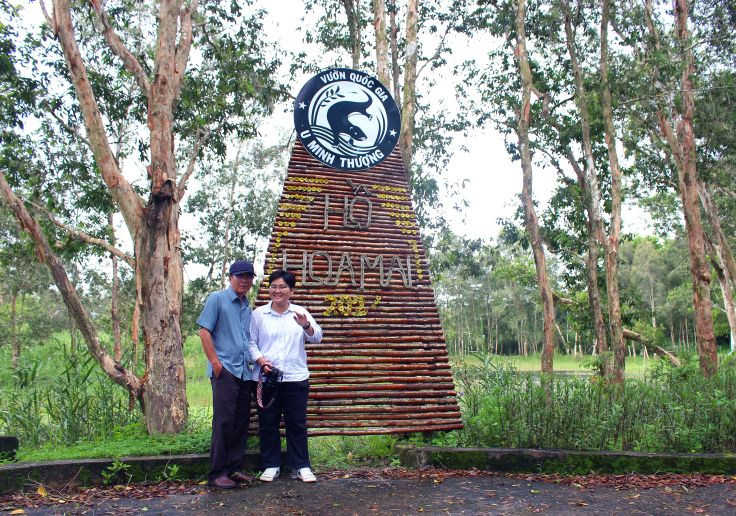
Without a penny-taking regime, there are occasional symbolic living expenses, so journalists have to do many things to support themselves. "We have to borrow people's land or clear it ourselves to grow rice, grow potatoes and catch fish to improve our lives" - Mr. Ngo Hoang Van recalled. As for each time they return to the locality to work, they also carry on many additional tasks to support the locality. "Usually, the locality helps build plans and organize rallies for important events or anti-host protests... Occasionally, it is also included in the mobilization group to encourage people to contribute Party fees - a source of financial revenue to serve revolutionary activities" - Mr. Nha shared.
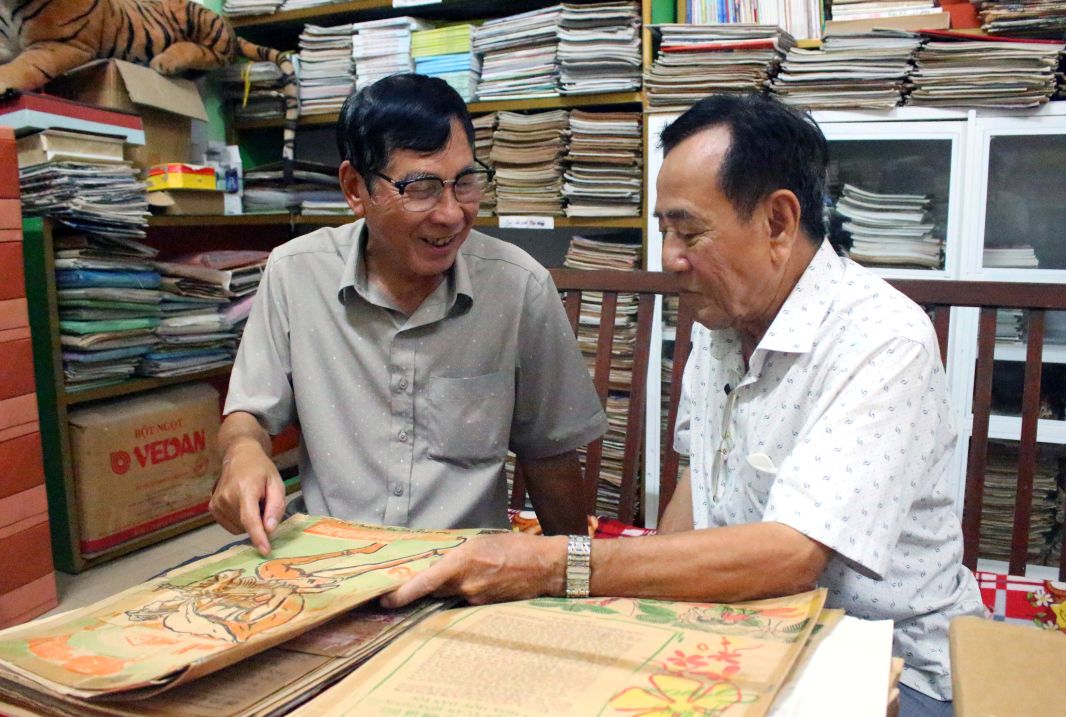
Many times, reporters were even frontline soldiers, and together with the locality repelled many attacks from the enemy. And in those wars, many journalists also performed rescue stories that were unprecedented in medical textbooks around the world. On a day at the end of the dry season in 1971, the enemy dropped a B52 bomb in the work area, we had to retreat to work to withstand it. When the enemy retreated, the entire area was desolate and barely popped.
After a reliance, 2 people were discovered leaking next to the damaged tree... Maybe the bomb was too strong, the old farmer was covered in blood, and the 17-year-old girl had her clothes almost torn. Thanh Ha (electrician) and I each took off our pants and shirts to leave for the girl before taking them both to the boat and swimming quickly to the Military Medical Center for treatment" - Mr. Van recalled. Thanks to timely emergency care, the girl and her father were saved. Later, I got to know a girl named Sa, had a husband and children and lived happily in the U Minh forest.

